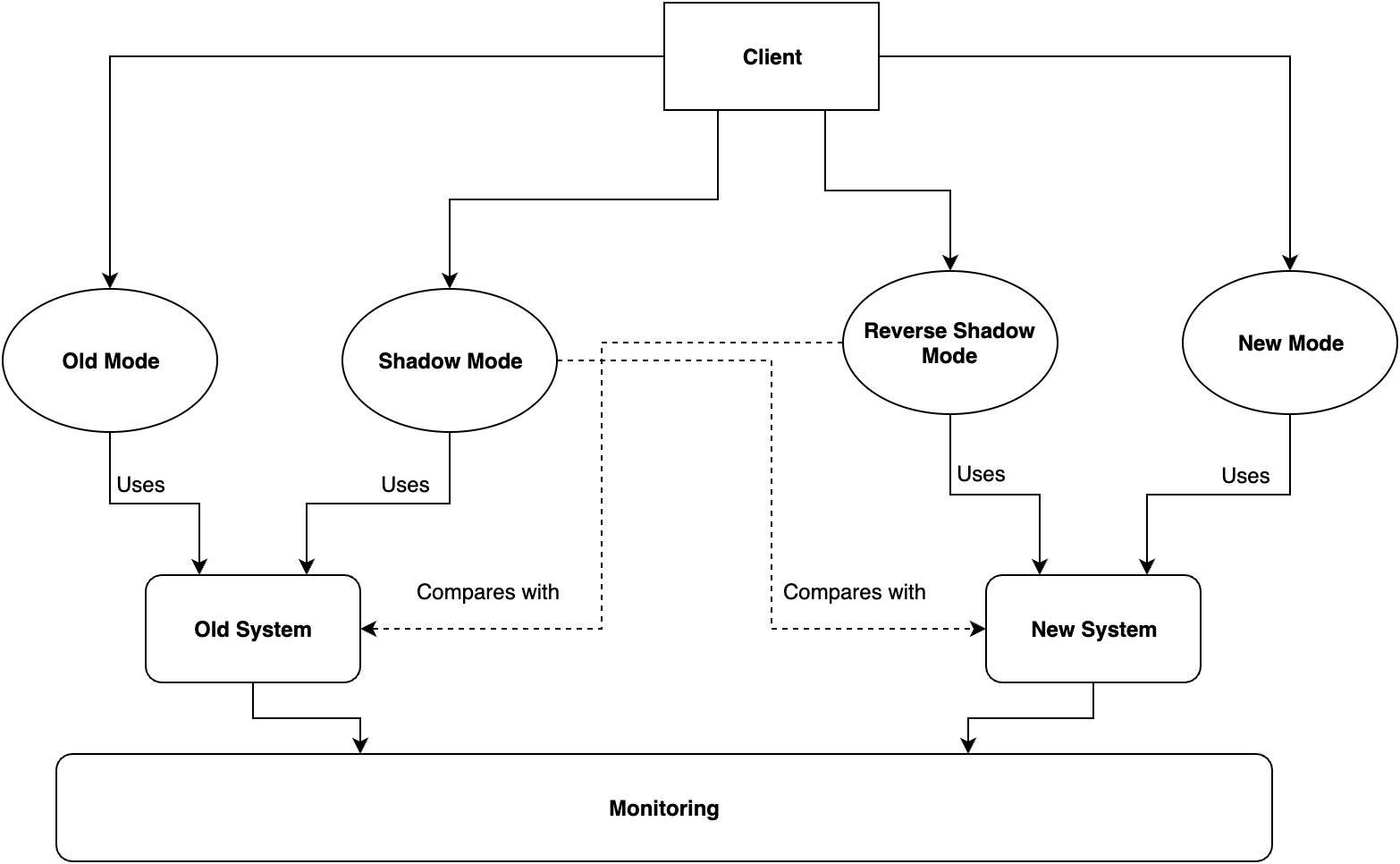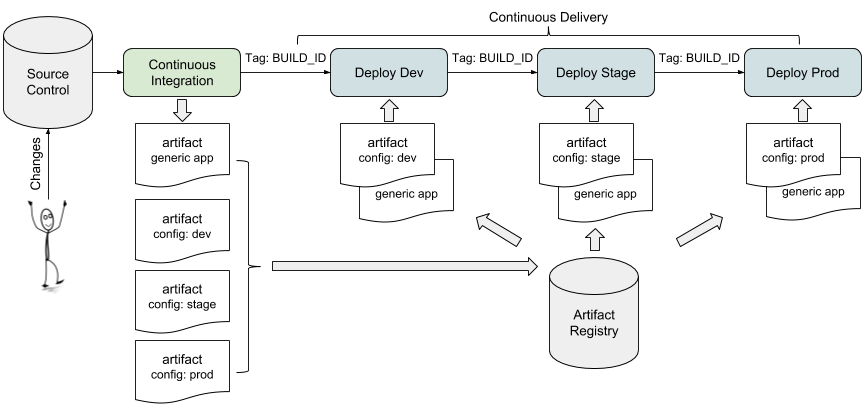Why Use Docker for Local Development?
Docker containers encapsulate the runtime environment, dependencies, and configurations, making local development seamless. Here's how Docker benefits developers and DevOps teams:
-
Environment Consistency: Eliminate configuration drift across environments.
-
Rapid Onboarding: Share Docker configurations to reduce setup time for new team members.
-
Testing in Production-Like Environments: Mirror production setups locally for confident deployments.
-
Resource Efficiency: Lightweight containers use fewer resources compared to traditional virtual machines.
Installing Docker for Local Development
Step 1: Install Docker
- Download Docker Desktop from the official Docker website.
Install the software and verify with:
docker --version
Step 2: Install VS Code and Docker Extensions (Optional)
- Install Visual Studio Code and add the Docker and Dev Containers extensions for enhanced integration and container management.
Core Docker Concepts
- Docker Image: The blueprint for containers, containing all the necessary files and settings.
- Example
base image: python:3.11, node:18-alpine, openjdk:17-jdk-slim.
-
Docker Container: A running instance of a Docker image.
-
Dockerfile: A script to build a custom image for your application.
Example:
FROM python:3.11
WORKDIR /app
COPY requirements.txt .
RUN pip install -r requirements.txt
COPY . .
CMD ["python", "app.py"]
- Dev Containers: Pre-configured environments for specific languages or frameworks, used with VS Code.
Setting Up a Dockerized Development Environment
Using Pre-Defined Development Containers
- Initialize Dev Containers:
-
Open your project in VS Code.
-
Press F1, then search for Dev Containers: Add Configuration Files.
-
Select the appropriate container for your programming language (e.g., Python, Node.js, Java).
2. Customize Features:
- Modify devcontainer.json to include tools, extensions, or runtime settings.
Example for Node.js:
{
"image": "node:18",
"settings": {
"editor.tabSize": 2
},
"extensions": ["dbaeumer.vscode-eslint"]
}
3. Reopen in Container:
- Let VS Code rebuild and open the environment.
Creating a Custom Docker Image
1. Write a Dockerfile:
Example for a Java application:
FROM openjdk:17-jdk-slim
WORKDIR /app
COPY . .
RUN javac Main.java
CMD ["java", "Main"]
2. Build and Run the Image:
Build:
docker build -t java-app .
Run:
docker run -it java-app
3. Integrate with Dev Containers:
Use the custom image in devcontainer.json:
{
"build": {
"dockerfile": "Dockerfile"
}
}
Advanced Use Cases for DevOps Professionals
1. Multi-Stage Builds for Optimized Images:
Example for a Go application:
FROM golang:1.21 as builder
WORKDIR /src
COPY . .
RUN go build -o app
FROM alpine:latest
WORKDIR /app
COPY --from=builder /src/app .
CMD ["./app"]
2. Volume Management:
Persist changes between runs:
docker run -v $(pwd)/data:/app/data my-app
3. Networking for Multi-Service Development:
Example with Docker Compose:
version: "3"
services:
app:
build: .
ports:
- "3000:3000"
db:
image: postgres
environment:
POSTGRES_USER: user
POSTGRES_PASSWORD: password
Best Practices for Local Development
1. Use .dockerignore:
Reduce image size and exclude unnecessary files:
node_modules/
*.log
.env
2. Automate with Docker Compose:
- Simplify multi-container environments for microservices or complex apps.
3. Test Images for Efficiency:
- Tools like Dive can analyze image layers and improve build performance.
Conclusion
Docker containers are game-changers for local development, ensuring seamless workflows, environment consistency, and improved collaboration. Whether you're working on a Python backend, Java microservice, or a Node.js application, Docker equips you with the tools to optimize your development processes. Start using Docker today to elevate your productivity and align with modern DevOps practices.


